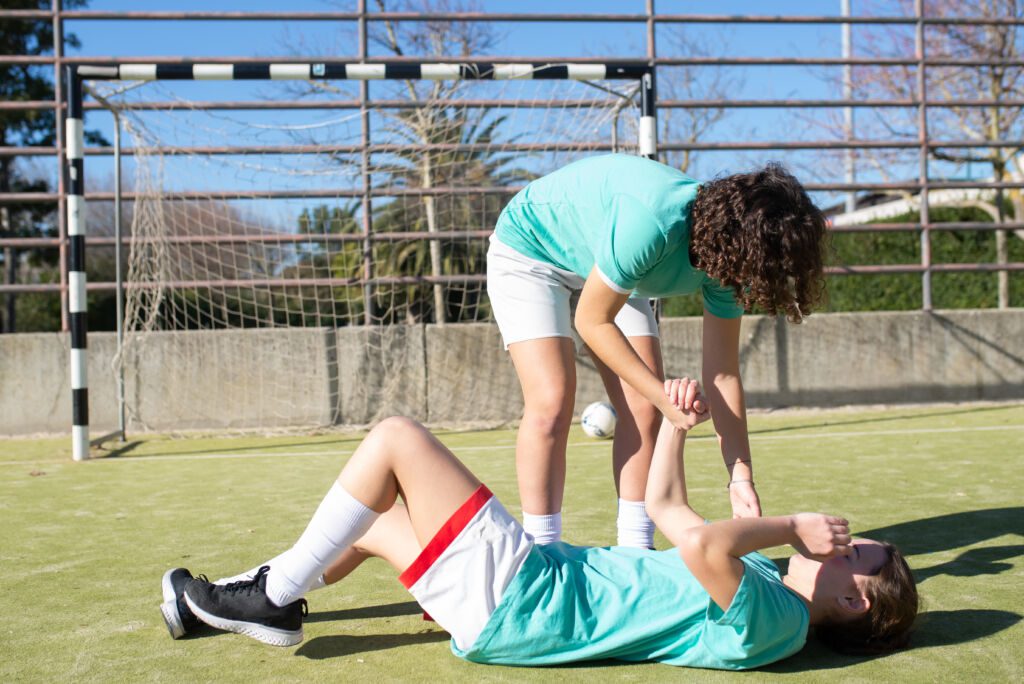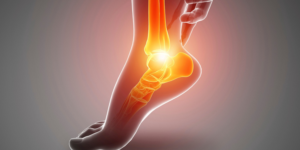
5 Reasons Your Pain Isn’t Going Away (and How We Can Help)
5 Reasons Your Pain Isn’t Going Away (and How We Can Help) You’ve tried rest, painkillers, maybe even a few massages—but that nagging ache just

Sports injuries are a common concern for athletes of all levels, from amateurs to professionals. While injuries are often an inevitable part of sports participation, there are proactive steps athletes can take to reduce their risk and stay in top form. In this comprehensive guide, we’ll explore effective strategies for preventing common sports injuries and promoting long-term athletic health.
Before diving into prevention strategies, it’s essential to understand the types of injuries athletes commonly encounter. Among the most prevalent are:

Proper Warm-Up and Stretching: A thorough warm-up routine before engaging in physical activity helps prepare the body for exertion and reduces the risk of muscle strains and other injuries. Dynamic stretching exercises that mimic the movements of your sport can be particularly beneficial.
Strength Training and Conditioning: Building strength and endurance through targeted exercises can enhance overall athletic performance and provide protection against injuries. Focus on exercises that target muscles relevant to your sport and incorporate functional movements that mimic sports-specific actions.
Maintain Proper Technique: Technique errors are a common cause of sports injuries. Work with a coach or trainer to ensure you’re using proper form and biomechanics in your sport. Regular feedback and corrective drills can help reinforce good habits and reduce the risk of injury.
Use Protective Equipment: Depending on your sport, wearing appropriate protective gear such as helmets, pads, braces, or mouthguards can mitigate the risk of serious injury. Make sure your equipment fits properly and is in good condition.
Listen to Your Body: Pay attention to warning signs such as persistent pain, fatigue, or decreased performance. Pushing through discomfort can lead to further injury. If you experience pain or discomfort, rest and seek appropriate medical attention if needed.
Hydration and Nutrition: Proper hydration and nutrition are essential for supporting optimal athletic performance and recovery. Maintain adequate hydration levels before, during, and after exercise, and fuel your body with a balanced diet rich in nutrients necessary for muscle repair and growth.
By implementing these proactive measures, athletes can significantly reduce their risk of common sports injuries and maintain peak performance levels. Remember that injury prevention is an ongoing process that requires dedication and consistency. Incorporate these strategies into your training regimen to safeguard your health and longevity in your chosen sport.

5 Reasons Your Pain Isn’t Going Away (and How We Can Help) You’ve tried rest, painkillers, maybe even a few massages—but that nagging ache just

Treating Plantar Fasciitis Without Steroid Injections If you’ve ever felt sharp heel pain with your first morning steps, you’re not alone. Plantar fasciitis—inflammation of the

Best Home Exercises to Support Your Physio Progress When you walk out of a physiotherapy session, the real work isn’t over—it’s just beginning. Continuing your